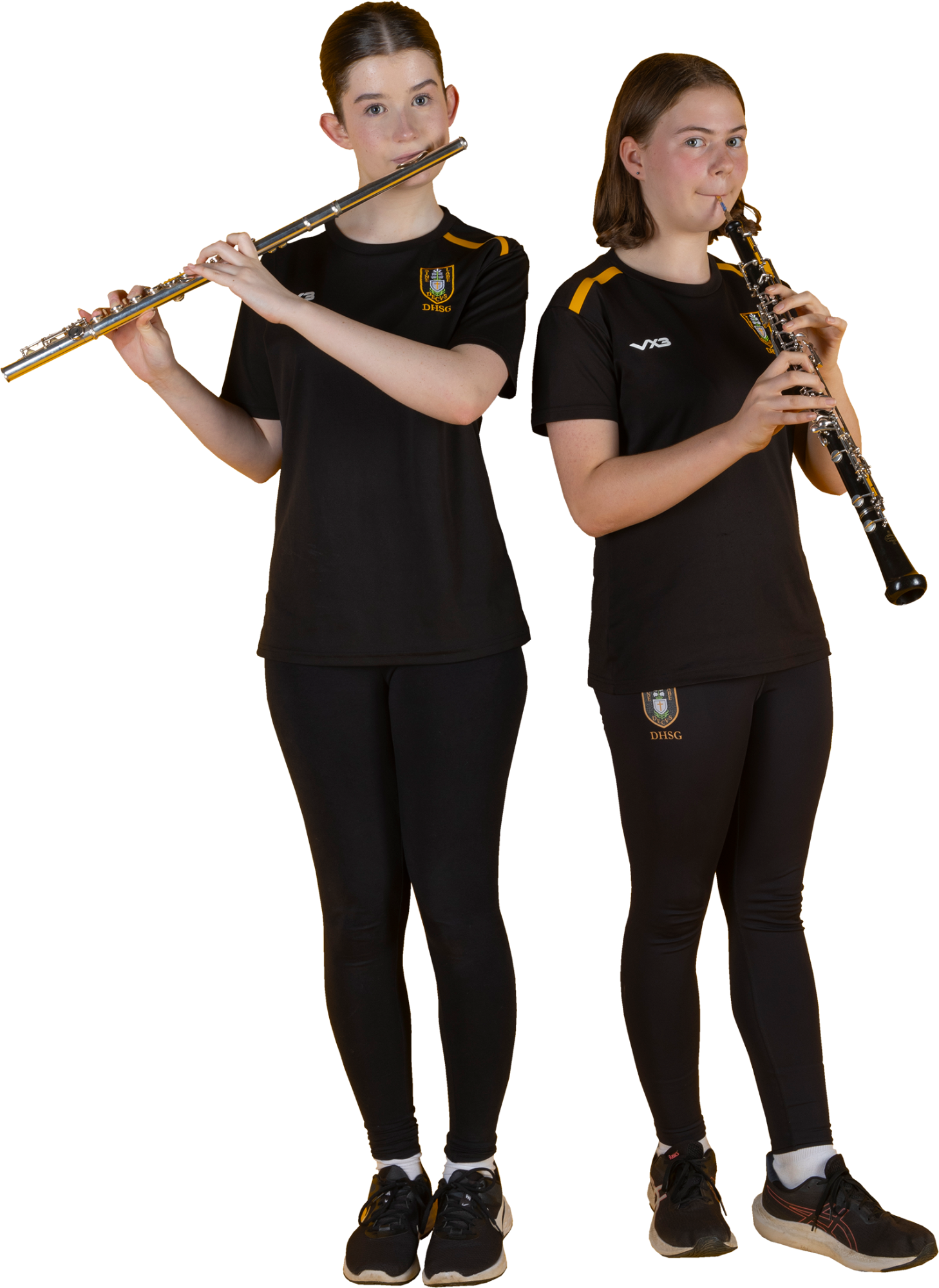Media Studies
Head of Department
Mr T Newman, PGCE, BA (Hons), NPQML+, NPQSL
Statement of Intent
Media Studies empowers critical thinkers, active citizens, and future creators by giving students the tools to decode the world around them. It explores how messages are constructed, how identities are represented, and how audiences are shaped by the media they consume—challenging young people to reflect upon society and their place within it.
Media Studies at DHSG inspires a passion for the power of communication. It encourages students to question, critique, and create. Our dynamic and ambitious curriculum builds on early digital literacy and cultural awareness established in lower school. Students grow into confident analysts and creators, exploring how meaning is constructed through camera work, editing, layout, sound, performance, and audience positioning across a range of media forms. They are introduced to influential theorists such as Barthes, Hall, Van Zoonen, and Levi-Strauss to deepen their understanding of representation, narrative, and ideology. As creators, students apply these ideas through the NEA component, taking on the role of editor, designer, writer, and producer as they respond to real-world briefs and deliver professional-standard work.
With a balanced emphasis on both process and product, Media Studies promotes deep academic enquiry alongside practical experimentation. Students engage in process media: developing ideas, storyboarding, scripting, and editing while problem-solving collaboratively. They also complete refined productions—magazine covers, short films, and podcasts—demonstrating both technical fluency and conceptual vision.
We believe Media Studies enriches students’ lives far beyond the classroom. It helps them navigate a rapidly changing digital world with confidence and discernment. By visiting media exhibitions, engaging with real-world campaigns, and studying contemporary issues through media forms, students build the cultural capital to interpret, influence, and shape the future.
Contribution to the School Curriculum
As a modern and interdisciplinary subject, Media Studies bridges learning across Drama, English, Art, History, Politics, Sociology, Psychology, and Computer Science. Students explore media through a range of lenses—textual analysis, historical context, theoretical frameworks, and hands-on creative production—making it a deeply integrated subject that reflects and supports wider curricular learning.
Media Studies develops unique cognitive skills by combining logical analysis with visual storytelling, critical theory with digital creativity. It trains students to decode messages, consider diverse perspectives, and reflect on representation, bias, and ideology—all while strengthening their ability to communicate purposefully, both in writing and through multimedia production. Whether evaluating a film sequence, designing a magazine layout, or scripting a podcast, students learn how to combine evidence, intent, and design in meaningful ways.
Importantly, Media Studies empowers students with 'soft skills' such as confidence, critical questioning, creative vision, and digital fluency—making them articulate, self-aware communicators prepared for interviews, university, or employment. As our students learn to understand and shape the messages that influence society, they position themselves not only as consumers of culture, but as active participants and future leaders within it.
Curriculum Programmes of Study
|
Year |
Cycle | Content |
|---|---|---|
|
Year 9 |
Cycle 1 |
Magazine Analysis Photoshop & InDesign (Practical Skills) |
|
Cycle 2 |
TV Episode Analysis Premiere Pro & Filming Skills |
|
|
Cycle 3 |
Radio / Podcast Analysis Audition (Podcast Practical) |
|
|
Year 10 |
Cycle 1 |
Component 1 – Exploring the Media TV and Music Video |
|
Cycle 2 |
Component 3 – NEA: Pre-Production Component 3 – NEA: Development & Production |
|
|
Cycle 3 |
Component 3 – Final Submission Exam Skills – Writing & Structuring |
|
|
Year 11 |
Cycle 1 |
NEA & Component 2 Consolidation Live Texts & Writing for the Exam |
|
Cycle 2 |
Exam Preparation |
|
|
Cycle 3 |
Final Preparation |
Middle Years Exam and Specification Information
Students are assessed by 3 components.
Component 1: Exploring the Media 40% (written exam)
Component 2: Understanding Media Forms and Products 30% (written exam)
Component 3: Creating Media Products Non-exam assessment: internally assessed and externally moderated by WJEC Eduqas 30% of qualification 60 marks (Non-Exam Assessment)
Full details of the specification and assessment criteria can be found on the Eduqas website GCSE Media Studies.
Extra-curricular activities
Media Minded is a lunchtime club for all Media Studies students to work on industry-standard programmes outside of lessons. They can create their own productions using Adobe software, be it a poster, magazine, short film, podcast or radio play, as well as watching films and TV series to decode the real meaning behind the media.

